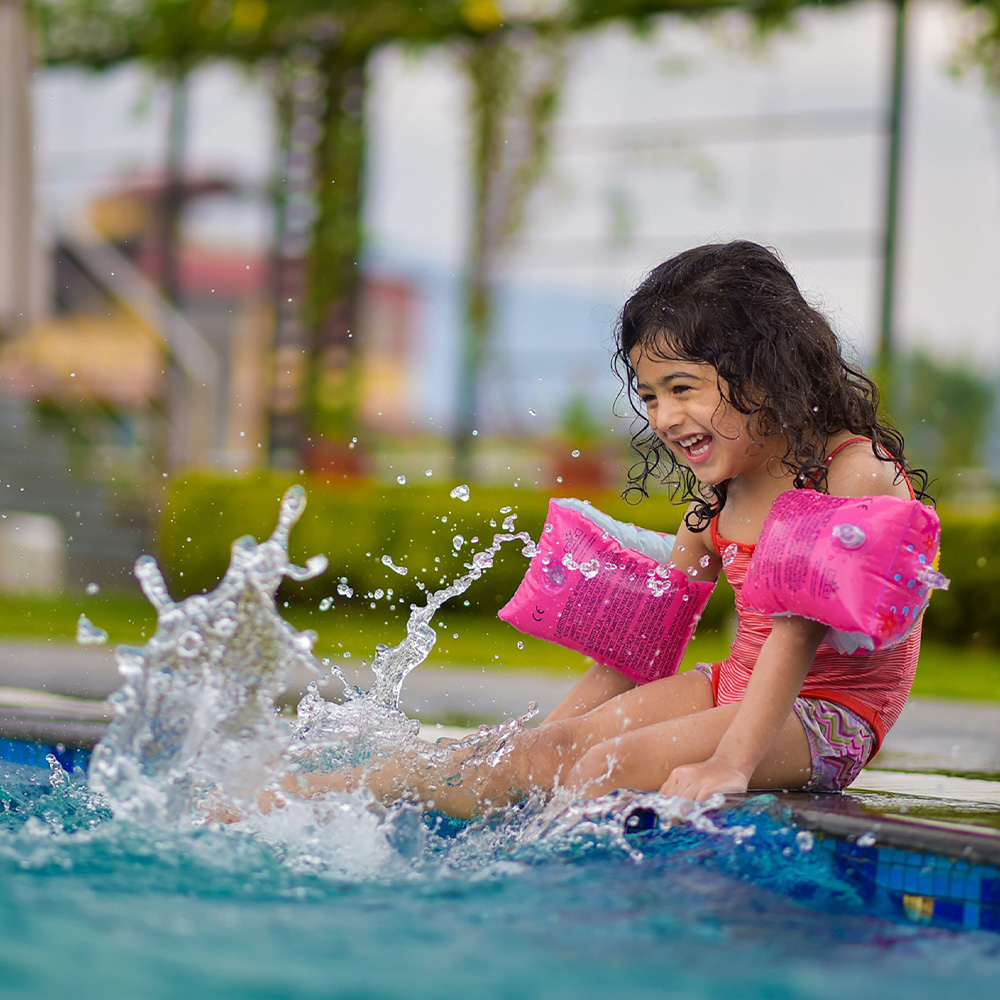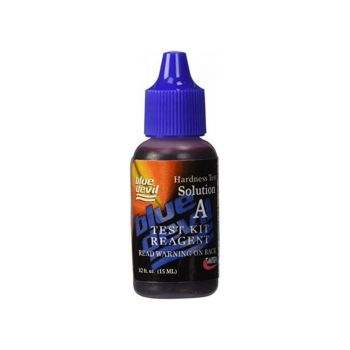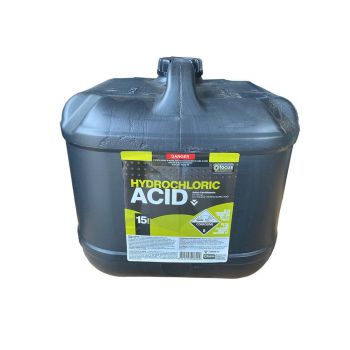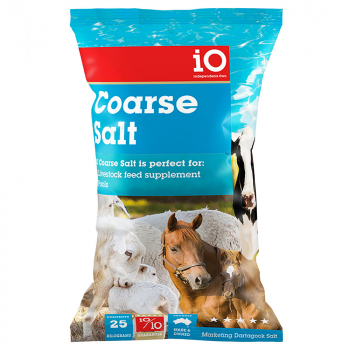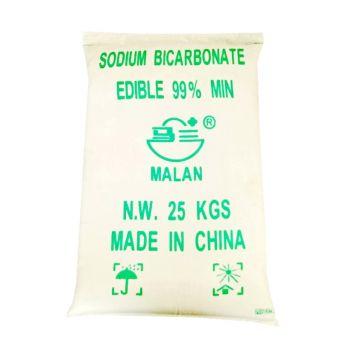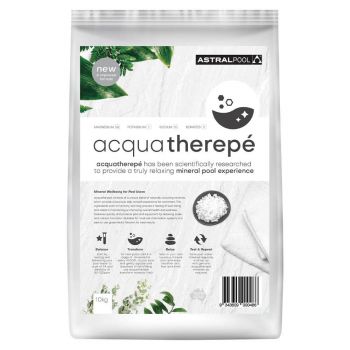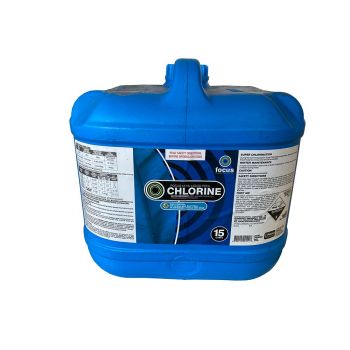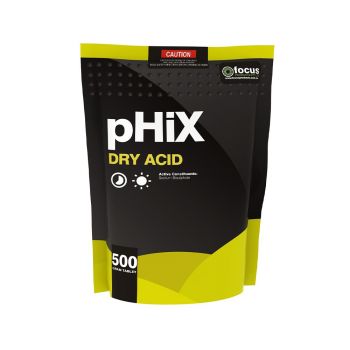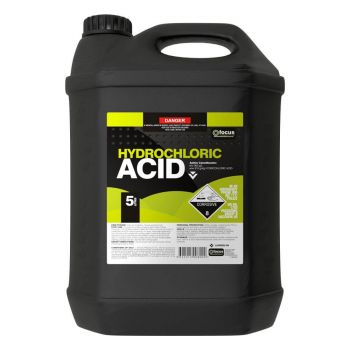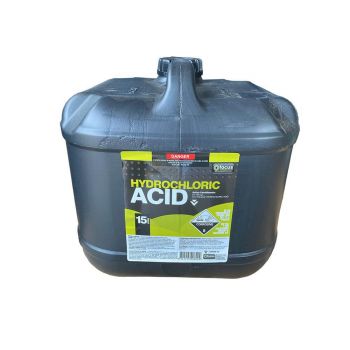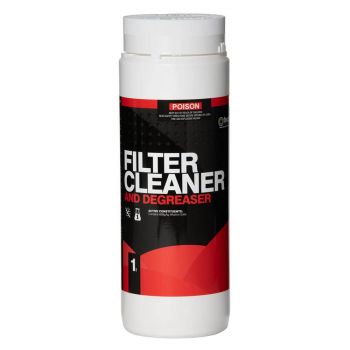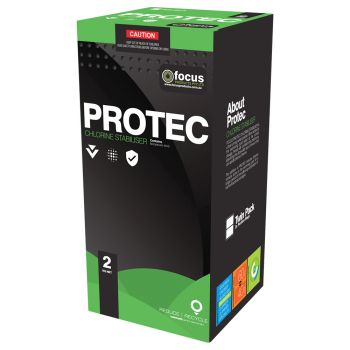POOL WATER TESTING IN GEELONG AND THE BELLARINE
We live so close to the beach, but a surprising number of households around Drysdale, Clifton Springs, Ocean Grove, Leopold and all over the Bellarine Peninsula have swimming pools. And what fun they are! But they’re no fun if family and friends pick up an infection from bacteria that like to breed in swimming pools and spas.
That’s why it’s important to get your pool and spa water checked regularly and follow through on the appropriate water care and maintenance.
You can visually check the water every day. If you notice any changes in clarity and colour, particularly if the water starts to look cloudy, you need to have it tested. Ideally, you should have your water professionally tested every second week in summer (and about once a month in winter).
We provide you with a printed report and advice on achieving optimal water quality. In general, good pool maintenance comes down to five factors:
- Filtration and cleaning
- Total alkalinity (TA)
- pH level
- Chlorination
- Calcium hardness
1. Swimming pool filtration and cleaning
Correct filtration is so important, without good circulation filtration chemicals alone won’t fix your pool. If your pool water pump is too small, circulation will be poor resulting in numerous problems such as constant algae and “dead spots” in your pool, especially in corners and on steps, where dirt accumulates.
Cleaning your pool constantly is equally important. Raking off any leaves from the surface and removing leaves from the bottom of the swimming pool or spa. Not only do leaves from the bottom need to be removed to keep the pool clean, but also to prevent them from staining your swimming pool tiles or concrete.
Constant vacuuming will not only make your pool look clean and inviting but will assist in keeping your pool water healthy.
Don’t forget your pool water filter itself, at least twice a year it is vital to de-grease the filter media in order to keep your filter working correctly. Use your pressure gauge as a guide to backwash and check that your swimming pool filtration system is working in the correct pressure range.
2. Total alkalinity (TA) of swimming pool water
Total alkalinity (TA) is related to your pool’s pH level and refers to the overall amount of alkaline chemicals in your pool or spa water. It can be affected by the deterioration of concrete and painted surfaces over time. It is important any measures you take to adjust your TA don’t negatively impact the pool’s pH level (and vice versa). When you come in for a free water test at Wallington’s we’ll make sure you understand both readings and any maintenance takes into account both pH and TA.
3. Swimming pool water pH level
This is a measure of how acidic or alkaline your pool water is. You want your pool water to be just a bit more alkaline than neutral – that is higher than a neutral pH level of 7. Our eyes have a pH level of about 7.5, so this is a good number to aim for with your pool and spa water. A reading between 7 and 7.6 is pretty good.
If pH is low, then the pool water is acidic and can cause irritation to the eyes. Acidic pool water can also wrinkle pool liners, damage plaster etching and cause corrosion to pool equipment. It will also mean chlorine is used up quicker and will need to be replaced more frequently.
If pH is too high, then the pool water is too alkaline. This will make the water cloudy due to scale forming, this can also affect pool chlorine efficiency. Alkaline swimming pool water can also cause eye and skin irritation.
4. Chlorination of swimming pool water
Chlorine is your best defence against bacteria and algae that can cause infections. Basically, it works as a disinfectant, killing any nasties that have got into the water. In a well-maintained pool, if you have a long filtration cycle, you can use less chlorine. Of course, the amount of chlorine you need can vary depending not only on your filter system and cycle but also on water temperature, water level, amount of debris and the number of people using the pool. These factors can change daily, which is why having your swimming pool water tested regularly is so important. We can quickly identify any issues and give you the right advice about how to get things healthy again.
5. Calcium hardness levels in swimming pool water
This indicates the quantity of mineral calcium that is dissolved in the pool water. If calcium levels are too low it can accelerate the deterioration of pool surfaces. Too high, your water will get cloudy and a white calcium scale will build up on surfaces and equipment. This can limit your filter’s ability to trap dirt. You may also notice calcification on the surface water of your swimming pool, if left untreated this can trap dirt and dust causing a dark unattractive and unhealthy scum.
If you have your pool water tested regularly and follow up with the appropriate maintenance, then everything should be smooth sailing (sorry swimming!) Drop into Wallington’s anytime for free water testing and professional advice. We’re open 7 days a week, conveniently located on Grubb Rd about 15 minutes from central Geelong and halfway between Ocean Grove and Drysdale. We even stock a complete range of pool chemicals and swimming pool cleaning equipment to get your pool ready for summer!.


